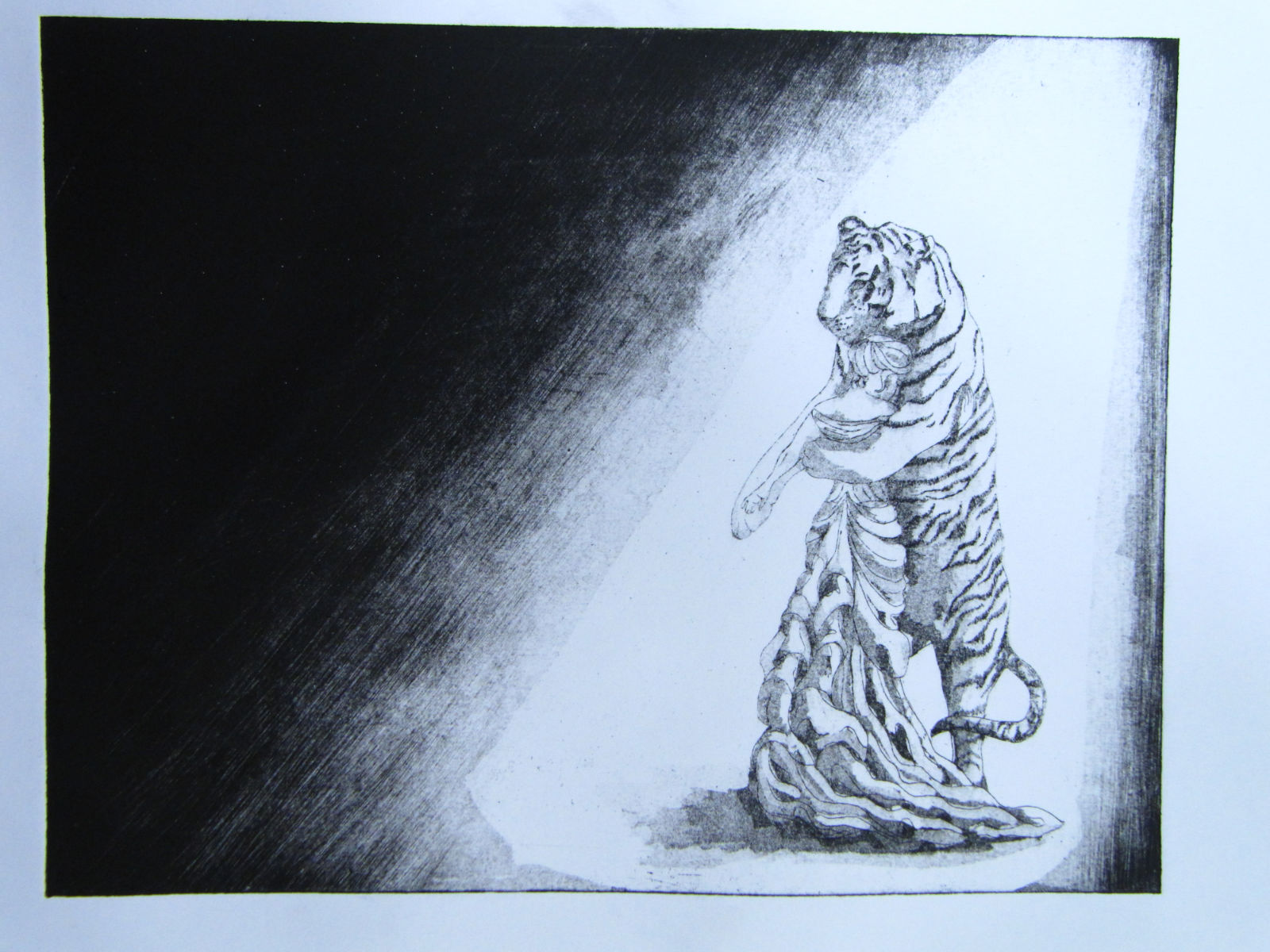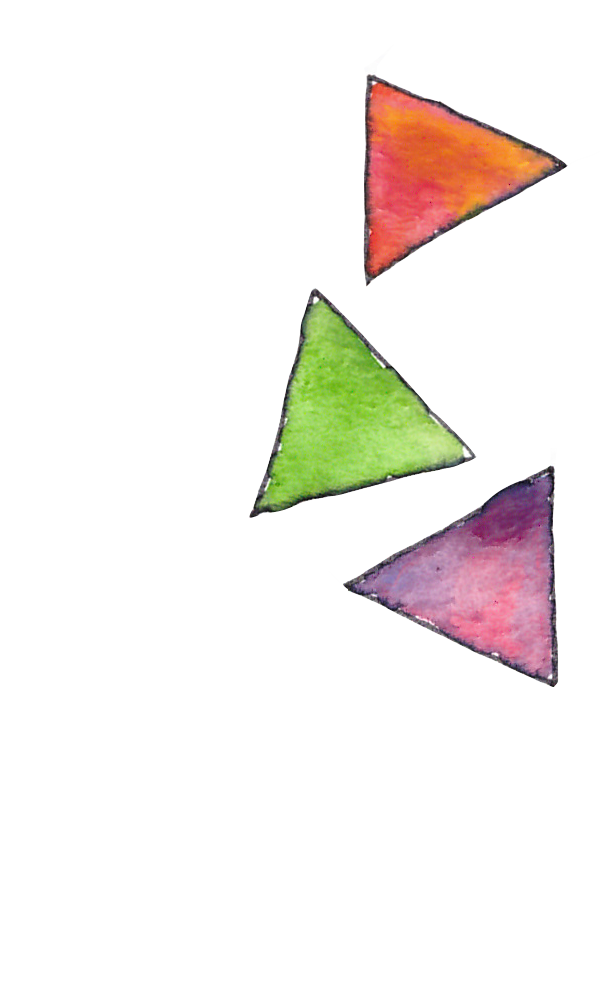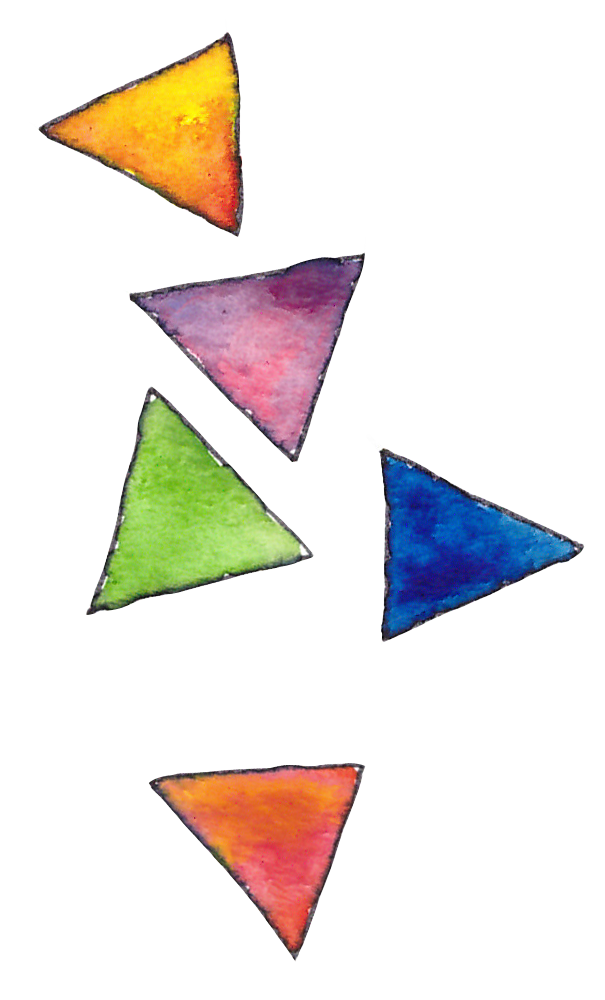 I feel as though I have been miniaturised. Deposited into a spinning top and whirled around in sickening, ever-building rainbow chaos until at last I have been spewed in glorious technicolor out with a thud. In other words, have just finished reading Nights at the Circus by Angela Carter.
I feel as though I have been miniaturised. Deposited into a spinning top and whirled around in sickening, ever-building rainbow chaos until at last I have been spewed in glorious technicolor out with a thud. In other words, have just finished reading Nights at the Circus by Angela Carter.
Like the book’s main narrator, journalist Jack Walser, I am undone. Walser literally runs away with the circus, seduced by its surreal and sensual world and, in particular, by the circus’ star, aerialiste Sophie Fevvers (who may or may not be part woman, part swan). Walser experiences a devastating but also liberating loss of memory and indeed self while stranded in Siberia. As memories of his former life come back to him in increasing flashes, pieces of a jigsaw puzzle, he does not recognise them as such. To Walser they are not memories, but visions.
In a way, that was how I felt while I was reading Nights at the Circus. While inside its world, the world outside – my world of work and moving house and friends and love and summer – was like viewing somebody else’s dream. Then I’d be called out of the story. I would fold the page (yes, I am one of those readers) and put the book down. But it would take me a little while to truly re-enter this space, so lost was I in the circus.
Do you know the sensation I’m trying to describe? Do books ever do this to you? As a child reader, such full immersion into a story and its characters was a common experience for me. I think that was why I loved reading quite so much. Today, again like Walser, I am more of a skeptic. We are both journalists, I guess. It is not so easy for me to suspend my reality. Perhaps after making a profession of writing for 15 years, I can’t switch off the editor in me. Or the student in me, seated at the feet of better writers and studying their techniques. Either way, I don’t nearly as often lose myself inside a narrative these days. So this was a prodigious treat.
Let me take you there. While the circus travelled by train through the wilds of Russia, there came a “thunderous boom.”
And, as if at the command of the biggest drum-roll in the entire history of the circus, the dining car rose up in the air.
For a split second, everything levitated — lamps, tables, tablecloths. The waiters rose, and the plates rose from their arms. Sybil was lifted up, as was the chunk of canned pineapple on which her jaws were just about to close. The feet of the dark girl and the fair girl in the doorway were propelled upwards from the rising floor. Then, before shock or consternation could cross their faces, the whole lot fell down again and, with a rending crash, flew apart in a multitude of fragments.
The train immediately ceased to be a train and turned into so many splinters of wood, so much twisted metal, so many screams and cries, while the forest on either side of the devastated track burst aflame, ignited by the burning logs cast far and wide from the fire-box of the now demolished engine…
Then, amongst the ruins of the ‘wagon salon’, I beheld a great wonder. For the tigers were all gone into the mirrors… as if Nature disapproved of them for their unnatural dancing, they had frozen into their own reflections and been shattered, too, when the mirrors broke. As if that burning energy you glimpsed between the bars of their pelts had convulsed in a great response to the energy released in fire around us and, in exploding, they scattered their appearances upon the glass in which they had been breeding sterile reduplications. On one broken fragment of mirror, a paw with the claws out; on another, a snarl. When I picked up a section of flank, the glass burned my fingers and I dropped it.
(The waltzing tiger is by arts student Merle Hunt, from a series inspired by Nights at the Circus on her blog The Blackbird and the Lemon Curd. Quite lovely, huh?)







